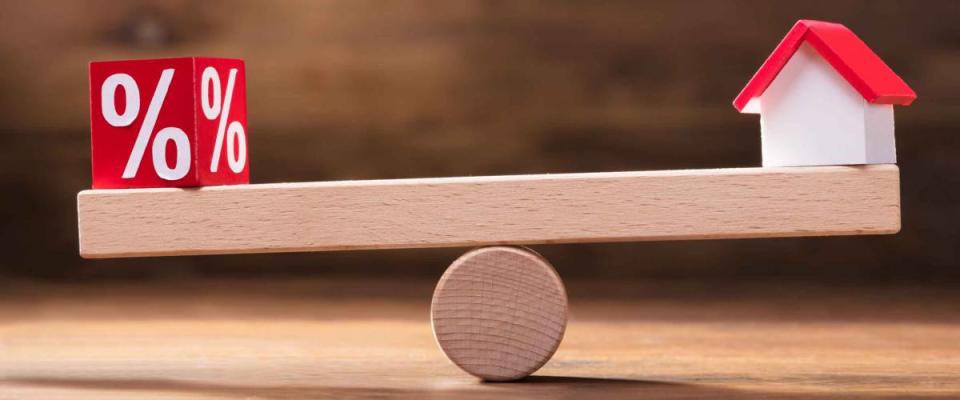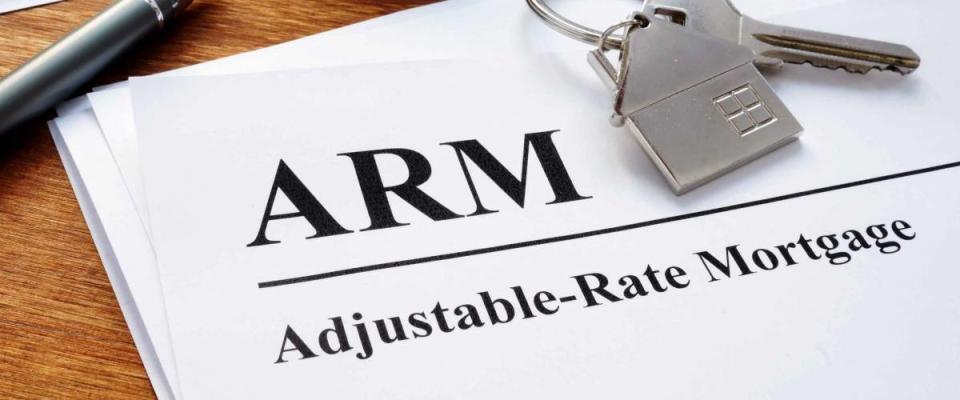As mortgage rates shoot past 3%, homeowners need to act fast before refi savings slip away

Mortgage rates continue to accelerate, rising for the third week in a row and hitting their highest level since April, a widely followed survey shows.
But it shouldn’t come as a surprise. Americans have been warned of further increases as the economy has shown improvement. And with rising consumer confidence and falling COVID-19 cases, anyone who thinks rates may dip back under 3% is probably in denial.
Depending on what happens at next month’s Federal Reserve’s meeting, homeowners may be kicking themselves for not refinancing their mortgage sooner.
If you haven’t refinanced into a lower rate yet, there’s still savings to be had for homeowners who bought when rates were a lot higher.
30-year fixed mortgage rates

The average interest rate on a 30-year fixed-rate mortgage jumped to 3.14% for the week ending Oct. 28, up from 3.09% a week earlier, Freddie Mac reported on Thursday. A year ago, the popular home loan averaged 2.81%.
Mortgage rates follow the 10-year Treasury note, which has been rising as a result of inflation, supply chain constraints and signs of a stronger economy, says Sam Khater, Freddie Mac’s Chief Economist.
Homebuyers, however, remain on the hunt as rates hold at historical lows.
“Purchase demand remains firm, showing that latent purchase demand exists among consumers,” Khater says.
If you’re shopping now, there are reasons to feel better about the process than if you were looking earlier this year.
The market is still busy, but the frenzy is fizzling as more homeowners are listing their homes for sale and prices are moderating, says George Ratiu, manager of economic research for Realtor.com.
“A good number of cities that were fraught with bidding wars earlier this year are finding a calmer housing landscape, where price reductions are bringing sky-high asking prices back down to earth,” Ratiu says.
15-year fixed mortgage rates
The 15-year fixed-rate mortgage averaged 2.37% last week, up from 2.33% the previous week, the survey shows.
Despite the increase, the rate isn’t too far off from a year ago when it was averaging 2.32%.
Borrowers often take out these shorter-term loans when they’re refinancing. Depending on how much equity you’ve built up in your home, you may end up paying more each month with a 15-year loan — but your lifetime interest costs will be a lot lower.
5-year adjustable mortgage rates

Rates on five-year adjustable-rate mortgages averaged 2.56%, up from 2.54% a week earlier. A year ago, the 5-year ARM averaged 2.88%.
Despite the increase, ARMs are still cheaper than they were a year ago, when the average rate was 2.89%. Adjustable-rate loans start with fixed interest rates for a period of years. They then can rise or fall at regular intervals.
A 5/1 ARM, for example, begins with a fixed interest period for five years and then adjusts, either up or down, once a year.
Where do rates move from here?
The Federal Reserve has been holding rates down by purchasing billions of dollars in Treasury bonds and mortgage-backed securities.
In light of the recovering economy and higher inflation, the Fed has indicated it is ready to scale back its buying binge.
Americans should get more clarity after it meets in early November to discuss monetary policy.
“With the Fed expected to announce a tapering of its asset purchases in light of stronger employment and higher inflation, I expect rates to continue rising,” Ratiu says.
But the economy can be a wild card.
The latest report on U.S. economic growth was the lowest it has been since the pandemic recovery began. And mortgage rates typically fall when the economy is in trouble.
“For some time, I’ve been saying that we’ll have periods when mortgage rates fall, writes Peter Warden, editor of The Mortgage Reports. “But I’m still expecting those to be brief. And for future rises to more than outweigh them.”
How to secure a low rate while you can
If the recent upward trend continues, now could be a good time to lock in a still-low rate.
A recent study from Zillow found that almost half all homeowners who refinanced between April 2020 and April 2021 were able to slash their monthly payments by at least $300.
If you think you might benefit from a refi — or you’re buying a home — be sure to compile quotes from multiple lenders. Studies have shown that comparing five offers is key to getting the best deal on a mortgage.
The lowest rates generally go to borrowers with the healthiest credit histories. So, start by reviewing your credit score, which you can easily do for free.
If you think a lender might scoff at your application because you’ve been carrying too much debt, consider rolling them into a single, lower-interest debt consolidation loan to improve your chances of getting a mortgage.
If you can’t refinance there are other ways to cut the cost of homeownership. When your home insurance comes up for renewal, take a little time to gather quotes from several home insurers to see if a cheaper rate is out there.
This article provides information only and should not be construed as advice. It is provided without warranty of any kind.
